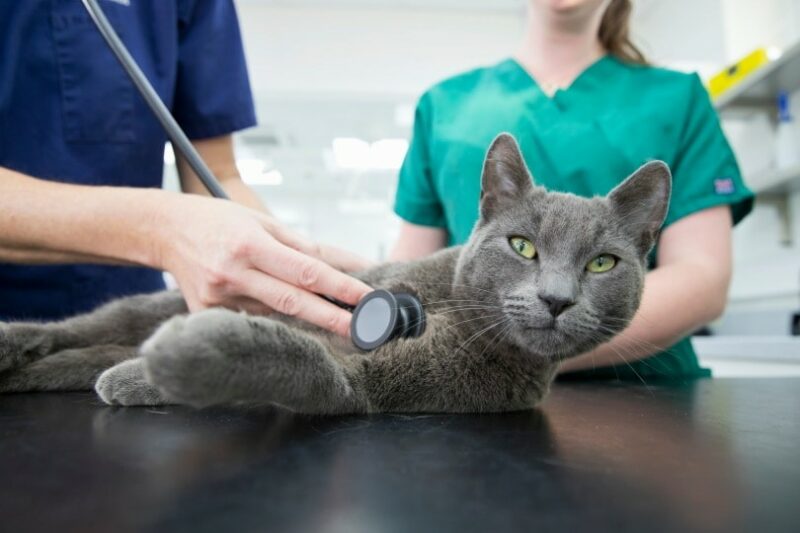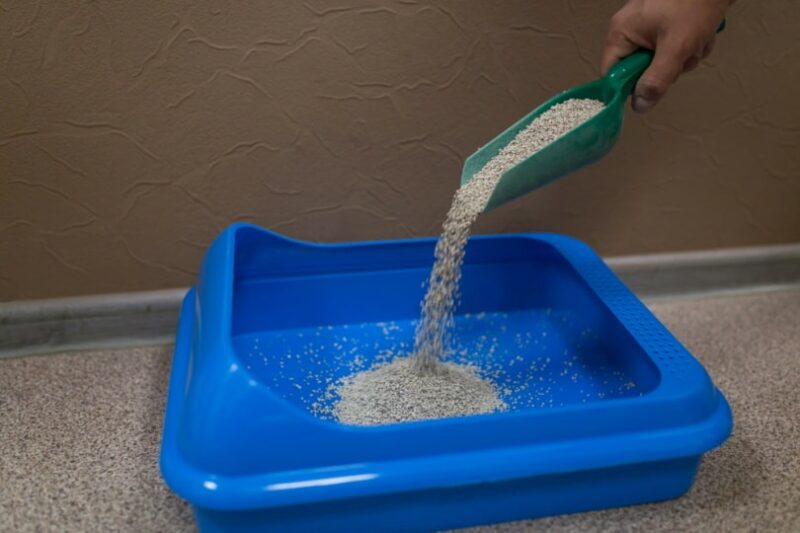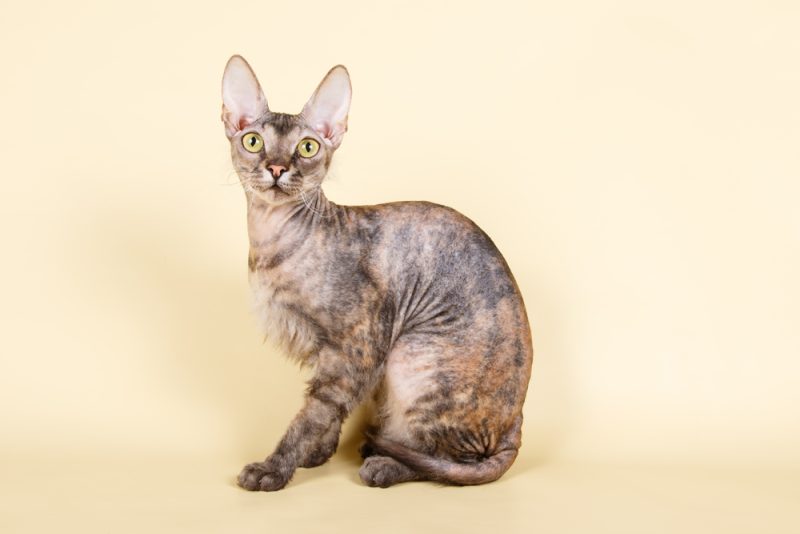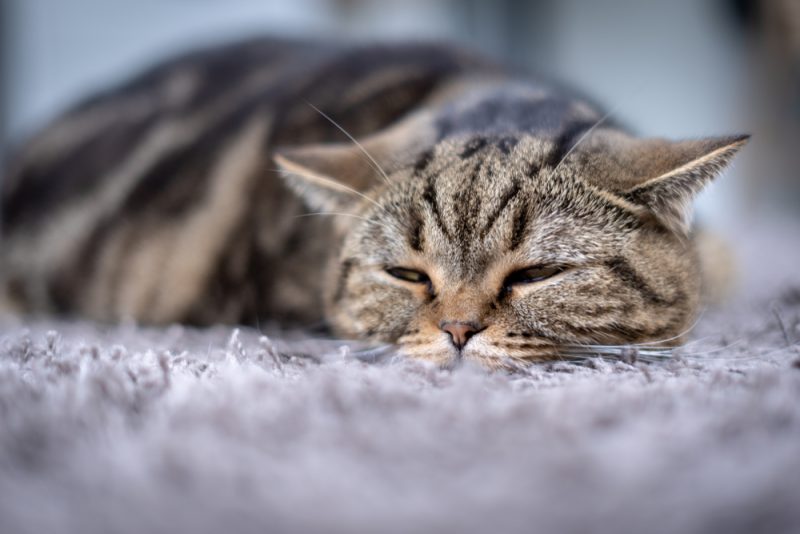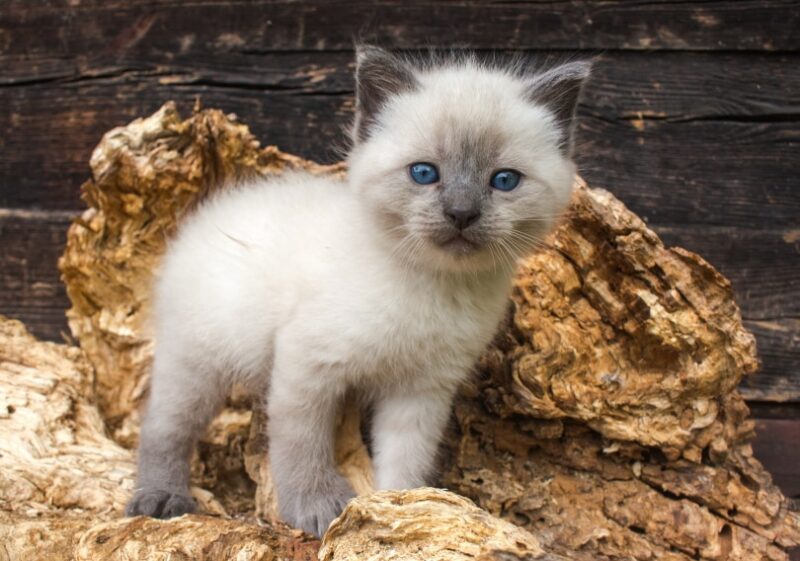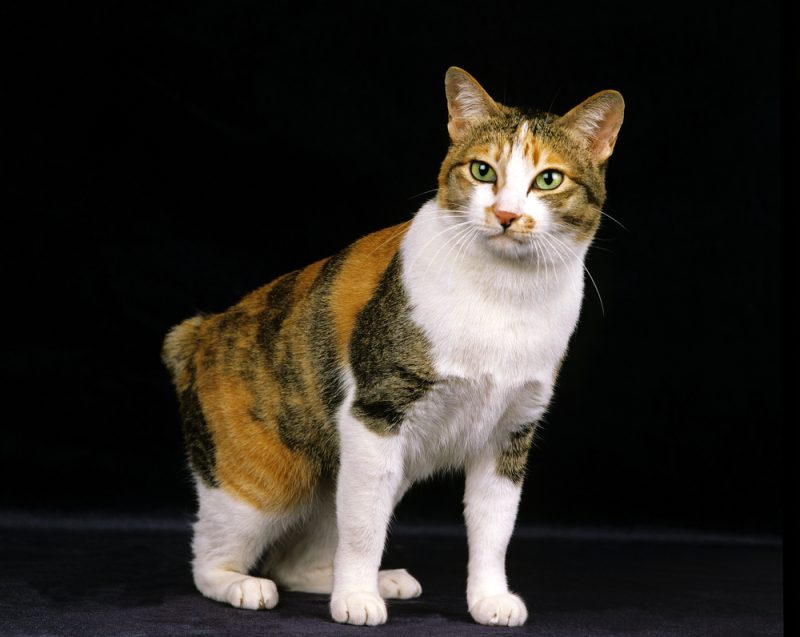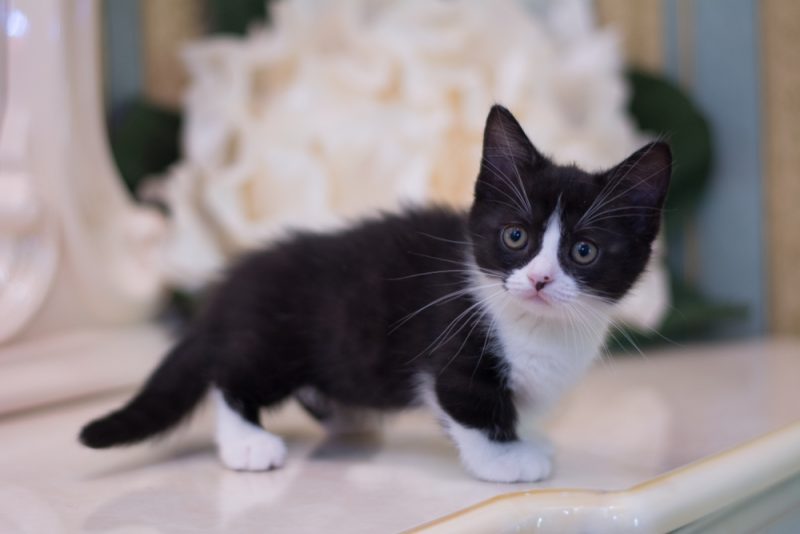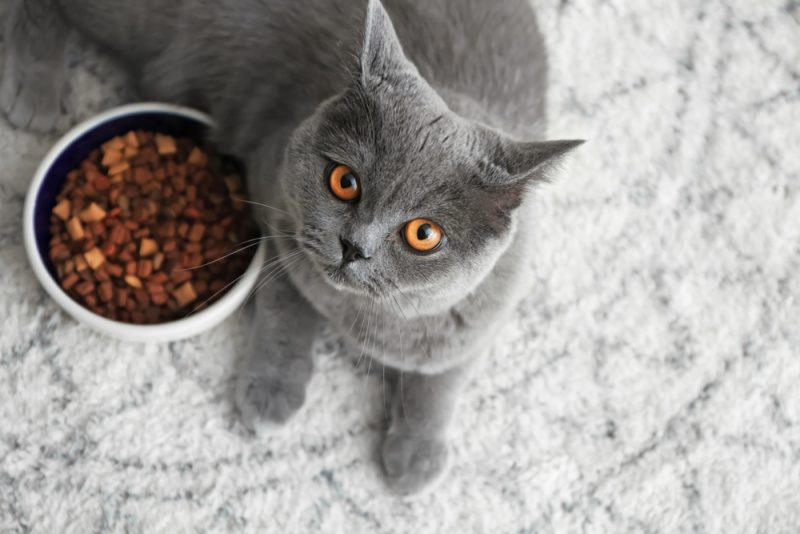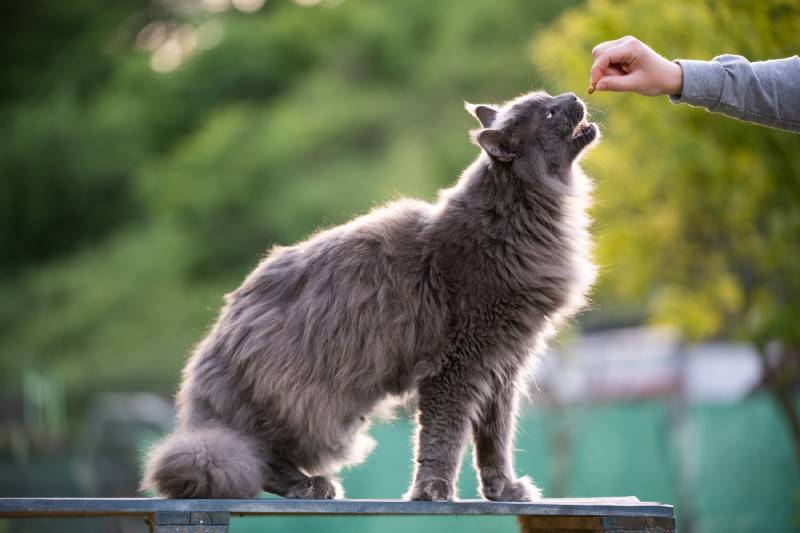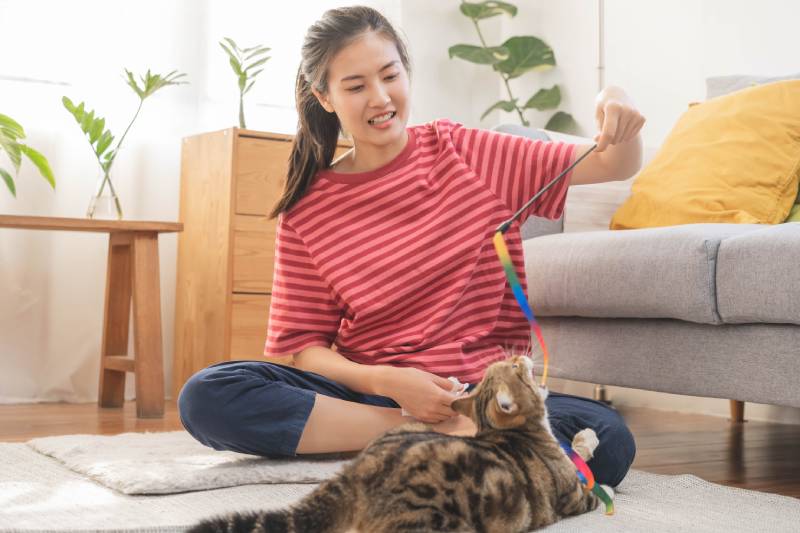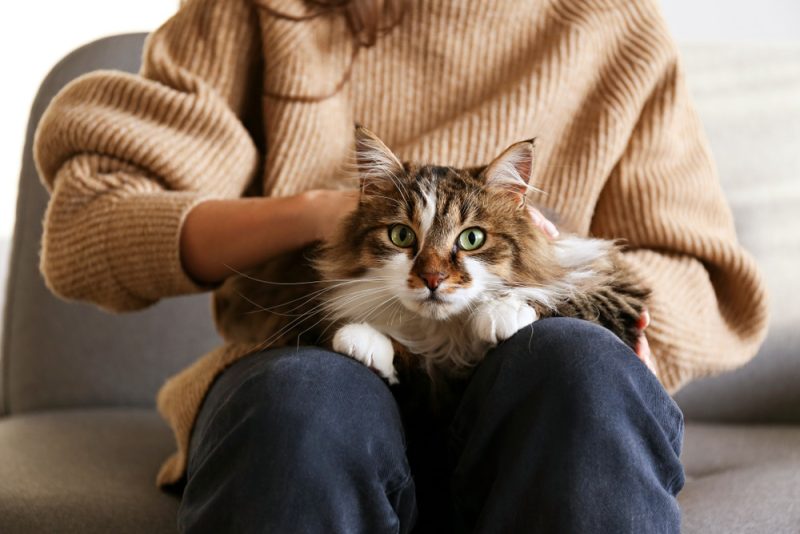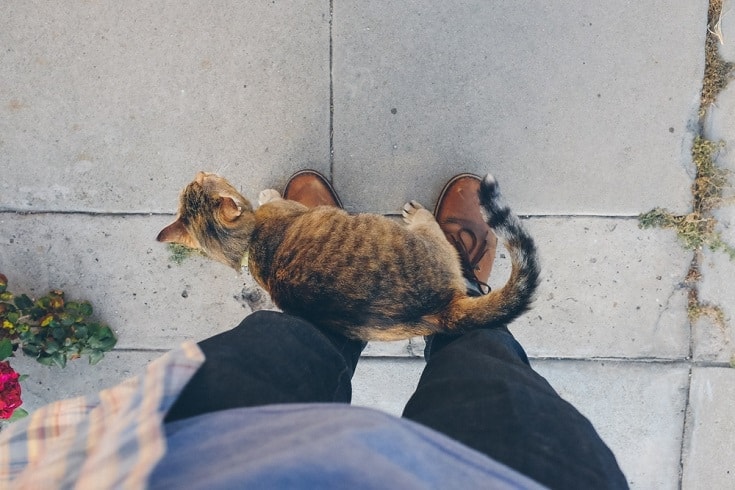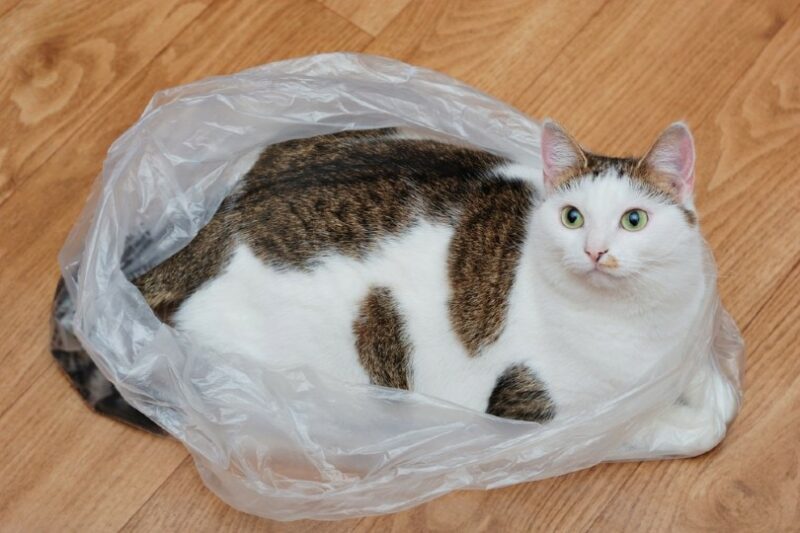In this article
Many human drugs are also used in pets, and gabapentin is one such drug. This medicine is used in veterinary medicine as an adjuvant in the control of chronic pain (especially nerve pain) and in managing seizures.
Gabapentin is also used to relieve anxiety and stress caused by visiting the vet, being handled, and during transportation, thunderstorms, fireworks, and other, similar situations.
The medicine is in the form of capsules or oral solutions and can be administered easily by owners at home or even sprinkled over food, but the taste is sometimes bitter.
Gabapentin has few side effects and can be administered in certain disorders, being a good option for very sick cats. Occasionally, cat owners may report increased drowsiness, which may give their pets a wobbly walk, but this effect generally disappears within the first 12 hours of administration.

What Is Gabapentin?
Gabapentin is a drug designed for human use for the treatment of epilepsy and pain from peripheral neuropathy (long-term pain caused by nerve damage).
For animals, it can only be prescribed by a veterinarian and is administered in the form of tablets, capsules, or oral solutions.
Gabapentin is used in cats to treat chronic pain, especially of neuropathic origin and anxiety. For pain, this drug seems to be most effective when combined with other types of analgesics (for example, non-steroidal anti-inflammatory drugs, such as meloxicam), enabling the prescription of lower doses. It’s also used as adjunctive therapy in the case of refractory idiopathic epilepsy (epilepsy without a cause that does not respond to classical treatment).
Regarding stress and fear, studies show that the use of gabapentin in cats significantly reduces signs of stress, making transport and visits to the vet easier experiences 1. Twenty cats with a history of stress during visits to the vet received 100 mg of gabapentin. One week later, they received a placebo pill. Once the cats arrived at the vet clinic, they were examined, and the owners filled in the table with the stress score. The results of the study revealed the following:
- In cats that received gabapentin, the owners noticed fewer signs of stress during the visit to the vet.
- Veterinarians rated the cats that received gabapentin prior to the visit as friendlier and more docile.
- The owners reported that the maximum effect of the drug was 2–3 hours after administration.
- The most frequently reported side effect was drowsiness. Other signs included a wobbly walk, excessive salivation, and vomiting. All signs were resolved in 8 hours.
Gabapentin should be stored at a temperature of 77°F (25°C) in a dry place, protected from light, and inaccessible to children and pets. Certain oral solutions should be kept in the refrigerator at 36°F–46°F (2°C–8°C) 2. Oral solutions may contain xylitol, an artificial sweetener that has toxic potential. This substance is known to be dangerous for dogs. Regarding cats, though, studies have shown that xylitol does not have the same toxicity as in dogs 3. However, it is still recommended to keep medicines and products containing xylitol away from cats. Consult with a veterinarian about the indications and safest gabapentin formulation for your cat.
If you need to speak with a vet but can't get to one, head over to PangoVet. It's an online service where you can talk to a vet online and get the advice you need for your pet — all at an affordable price!

How Is Gabapentin Given?
Gabapentin is administered orally by itself or with food. If your cat does not want to take medicine orally, you can crush the tablet or spread the capsule’s powder over your cat’s food.
A veterinarian may recommend giving Gabapentin to your cat 2–3 hours before a vet visit or another stressful situation. The dosage may depend on the condition being treated and your cat’s age, blood pressure, and their kidney function, as the medicine is eliminated through the kidneys. For example, the effect of Gabapentin may be more prolonged in cats suffering from kidney or liver disease.
For anxious and aggressive cats, vets recommend scheduling appointments early in the day in case it takes a while for the medication to take effect.
Sometimes, Gabapentin does not provide the desired anxiolytic effect to complete the examination or treatment. In these cases, the vet may recommend sedation to avoid stressing your cat.
What Happens if You Miss a Dose?
If your cat is being treated for chronic pain and you miss a dose, don’t panic. Give your cat their dose as soon as you remember. If you missed a dose but are close to the next one, skip the missed dose, and get back to your cat’s regular schedule. Do not double the doses.
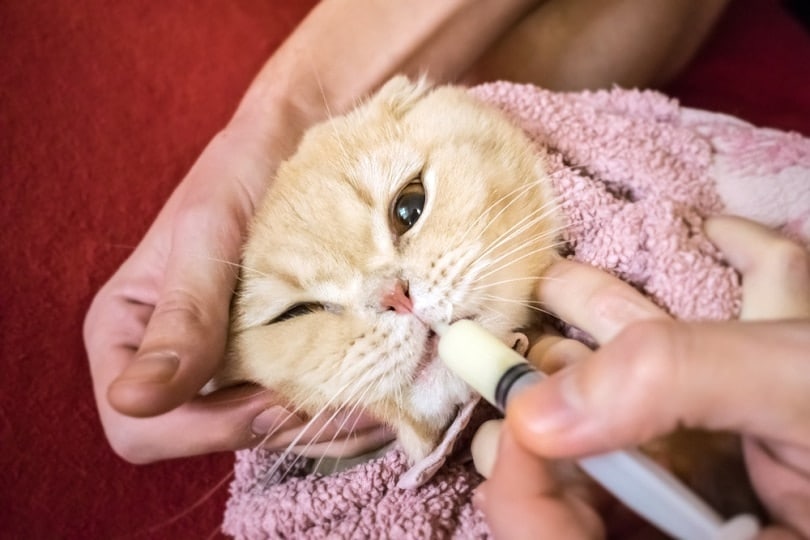
Potential Side Effects of Gabapentin
Gabapentin is considered a fairly safe drug for cats.
- Light sedation
- Drowsiness
- Loss of balance (wobbly walk)
- Diarrhea
- Vomiting
- Drooling
If your cat needs to undergo a urine test, notify the veterinarian. Urine protein levels can be falsely increased when cats take Gabapentin.
Gabapentin Drug Interactions and Precautions
- Gabapentin is more effective when combined with analgesics. After a while, you can remove the analgesics and give your cat only Gabapentin (for long-term use).
- You should administer Gabapentin 2 hours after oral administration of antacids because they may prevent the absorption of Gabapentin, making it less effective.
- Avoid administering Gabapentin to pregnant or nursing cats.
- Do not stop Gabapentin suddenly if your cat has been taking it for a long time for epilepsy, as withdrawal seizures may occur. It is recommended to gradually reduce the dose of Gabapentin within a few weeks.
- Use Gabapentin with caution in cats suffering from kidney or liver failure.
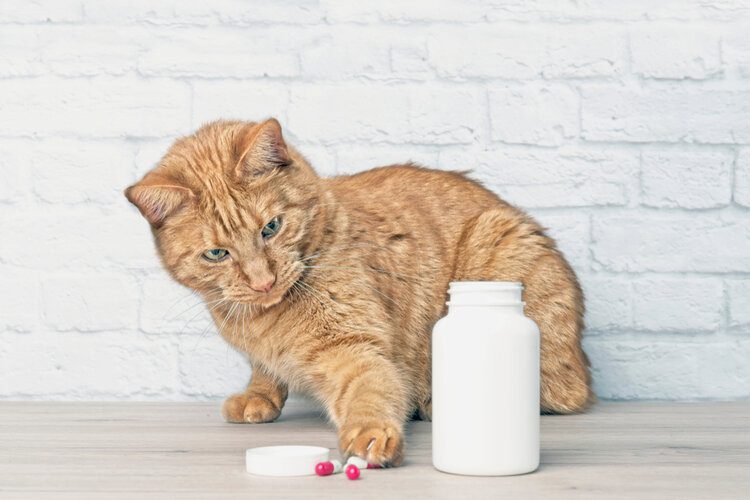

Frequently Asked Questions
Is 100 Milligrams of Gabapentin a Large Amount for a Cat?
For Gabapentin to remain safe, the dose for cats will usually not exceed 50–100 mg per animal. The dosage varies depending on the condition, and generally is in the range of 5-10 mg/kg, or 2.5-5 mg per lb, every 8-12 hours. The doses can be adjusted by the vet depending on the clinical response. Overdose would cause increased severity of adverse reactions, including lethargy, drowsiness, incoordination, and vomiting.
What Should I Do in Case of Gabapentin Overdose?
If you have accidentally given your cat too much Gabapentin, contact a veterinarian immediately. If the dose is too high, a vet can make your cat vomit to eliminate the drug and then give them IV fluids. Overdose is usually not fatal and includes the following clinical signs: incoordination (wobbly walking), drowsiness, lethargy, and diarrhea. The effects should pass in 8–12 hours.

Conclusion
Gabapentin is a human medicine that’s considered safe in cats, being administered for chronic pain, epilepsy, and anxiety. It is most often used 2–3 hours before stressful visits to the vet. The dose of Gabapentin should be determined by a vet. If an overdose is suspected, contact the veterinarian immediately.
Featured Image Credit: Juice Flair, Shutterstock
